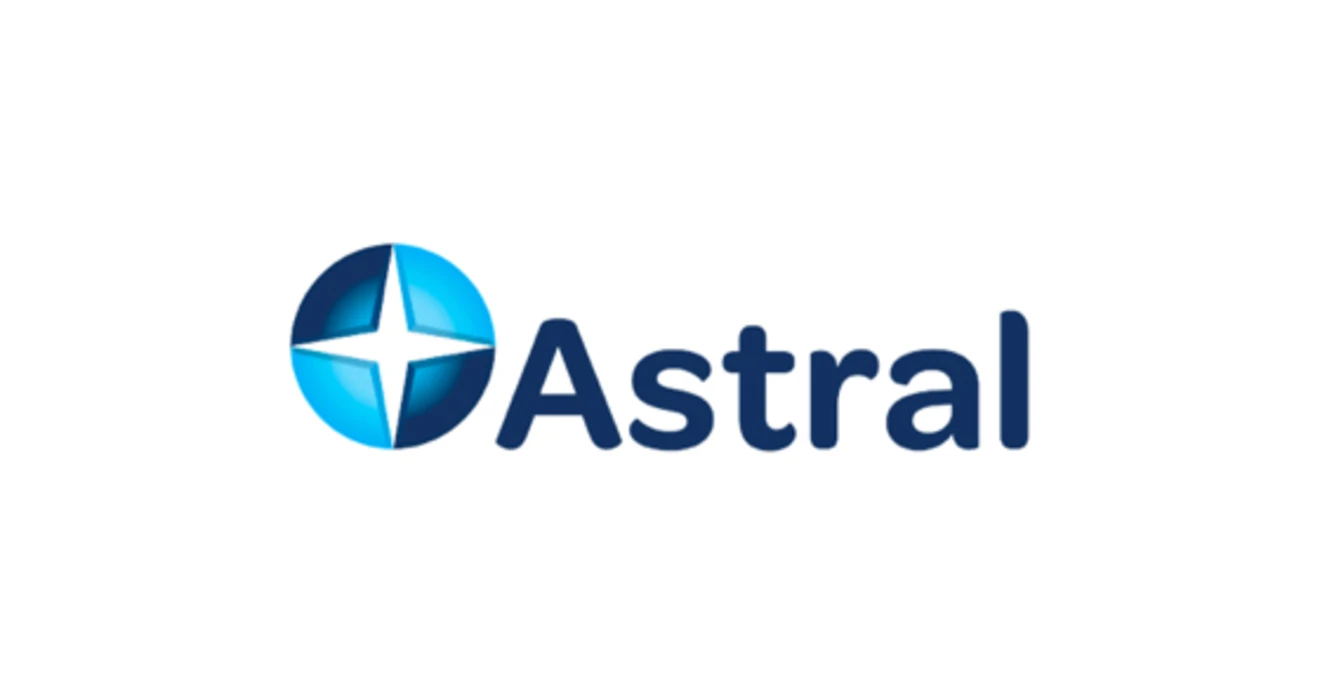Astral Foods Ltd
Key Information
HQ:
South Africa
Market Cap:
$0.42bn
Primary Market:
Africa
Business Type:
Protein Producer
Company Information
Company Summary
Astral Foods, founded in 2001 and based in Centurion, South Africa, produces, processes and markets poultry products and produces animal feed in South Africa, Zambia, Mauritius and Mozambique.
Revenue
Total revenue:
$1.1bn
Revenue by Geography
Revenue by Protein
Revenue by Product Type
Disclosures
CDP ScoresLast Reviewed: 16/10/2024
| CDP Climate | CDP Forests | CDP Water |
|---|---|---|
| No | No | No |
Science Based Target initiativeLast Reviewed: 16/10/2024
| Target classification | Status | Date |
|---|---|---|
| Has not set SBT | - | - |

